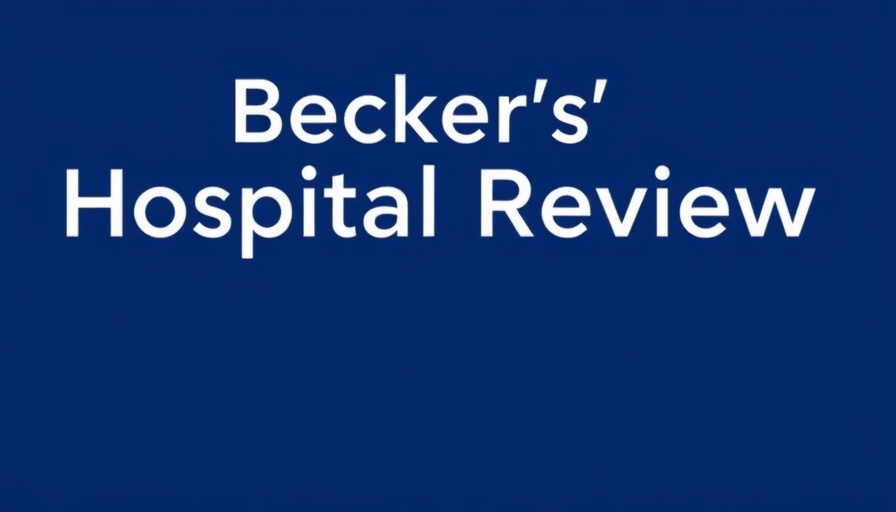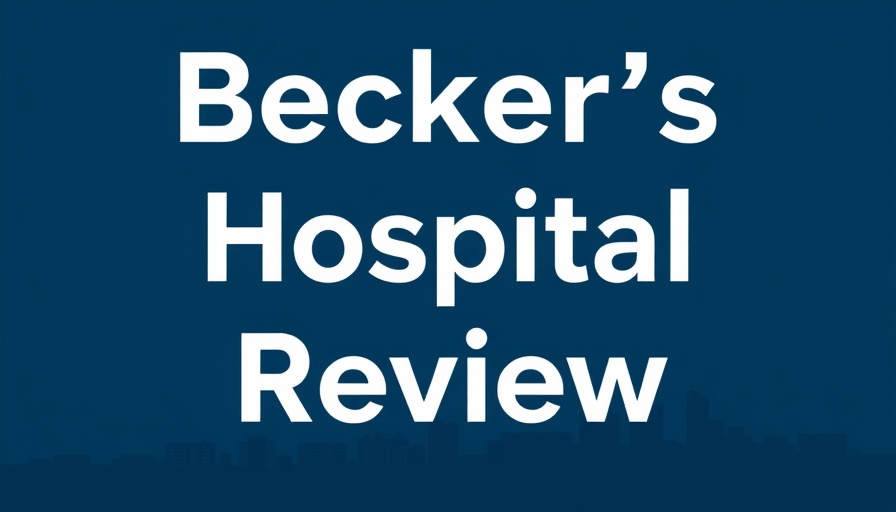
Decoding the 1,500% Drug Price Cut Claim
Recently, President Trump made an eye-popping assertion that his administration has slashed drug prices by an astonishing 1,500%. This statement has sparked significant debate among healthcare experts, who have deemed it mathematically impossible. Essentially, if one were to cut prices by 1,500%, it implies that consumers would be reimbursed for purchasing medications—a scenario bordering on absurdity.
The Reality of Drug Pricing in America
In the U.S., drug prices are notoriously higher than in many other developed nations, driven largely by the unique dynamics of negotiations and the lack of a universal pricing structure. Currently, most prescription drugs, aside from generics, carry hefty mark-ups, often leaving American patients with staggering bills at the pharmacy counter. Experts like Geoffrey Joyce, PhD, and Mariana Socal, MD, highlight the widespread disillusionment with the healthcare system, questioning how the Trump administration could claim such extreme reductions in drug costs without clear evidence to support these assertions.
Filling the Gap: Negotiations and Future Possibilities
Trump's letters to pharmaceutical companies urging them to adopt a 'most favored nation' pricing model echo broader themes within healthcare discussions about accessibility and affordability. Indeed, while some companies have shown a willingness to engage, the specifics regarding how these negotiations will translate into real-life cost reductions for consumers remain murky. For any hopeful changes to materialize, transparency in pricing, coupled with concrete milestones shared with the public, will be imperative.
Unpacking Healthcare Policy in the Current Landscape
The Trump administration's recent executive order, which sets a deadline for drugmakers to consider voluntary price reductions, represents a bold attempt to challenge the status quo of pharmaceutical pricing. However, the complexity of healthcare pricing, especially regarding private health insurance beneficiaries, complicates predictions about the actual impact of these initiatives. As healthcare experts emphasize, without proactive engagement from both drug manufacturers and the government, meaningful transformation may remain elusive.
Understanding the Implications for Healthcare Providers
For healthcare providers, understanding drug pricing dynamics is increasingly vital. As they navigate discussions with patients about treatment plans, the misconceptions surrounding drug pricing can complicate clinical decision-making. The need for education around pricing transparency, alternatives like generics, and the landscape of healthcare policy is paramount. This knowledge ensures that providers can better advocate for their patients and promote informed discussions about medication options.
Concluding Thoughts: What Lies Ahead?
The conversations around pharmaceutical pricing are not merely numbers; they reflect a fundamental need for equitable access to healthcare. The future of drug pricing will undoubtedly continue to unfold, revealing the layers of policy and practice that influence both patient and provider experiences. As healthcare professionals, continuous engagement with these developments is essential to foster patient-centered care and contribute to the evolving narrative of healthcare reform.
As we look toward the future of drug pricing and healthcare policy, stay engaged with the latest medical news and updates. Understanding these trends will empower you to make informed decisions and advocate for your patients effectively. Join the conversation about healthcare reform and its impact on our medical community today!
 Add Row
Add Row  Add
Add 




Write A Comment